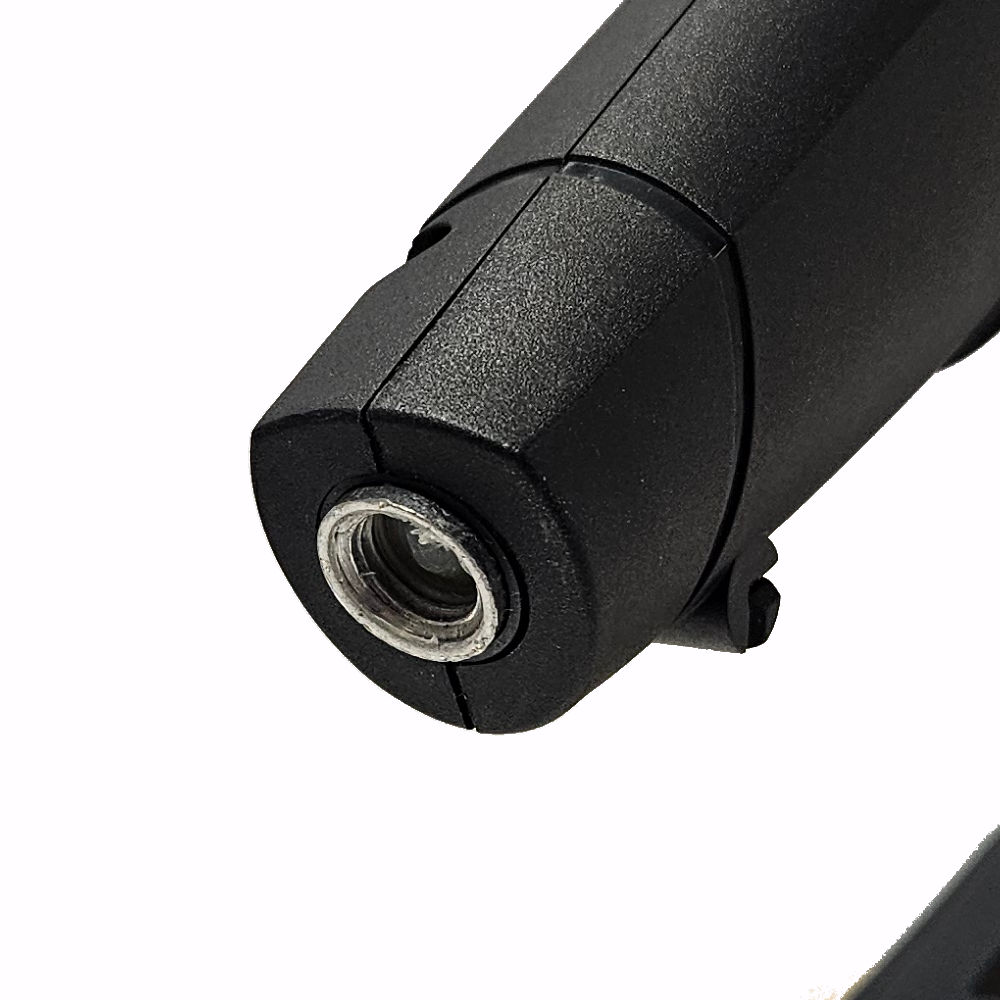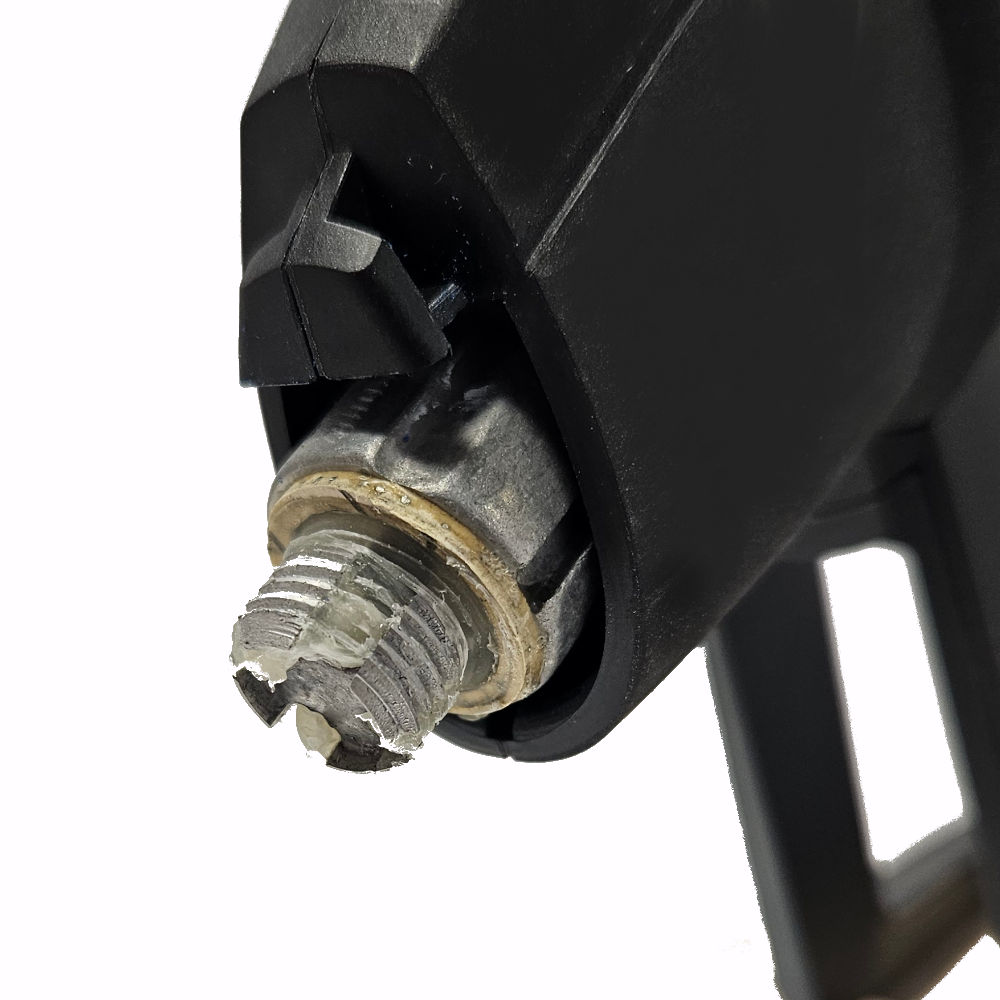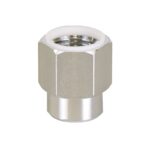Thread – the same and yet not exactly the same


UNF, UNEF, UNC, M … followed by numbers and characters– but what is hidden behind the initially cryptic-looking thread description of our nozzles and adapters? In today’s “Technical Word Tuesday” we would like to give you a little more insight into the topic.
From a purely technical point of view, threads are described as “helical notches on the inside or outside of components”. In adhesive technology, threads are, besides the usual screws and nuts for fastening, most commonly found on nozzles or hose connections.
Depending on the associated device, nozzles have internal threads or external threads.


Left: HB 196 with internal thread – Right: HB 250 with external thread
Thread types in adhesive technology
The most commonly used thread types are:
- UNF 9/16“-18
- UNF 7/16″
- UNF 1/2″
- M10 x 0.75
The American identifier UNF stands for Unified National Fine Thread. Other thread shapes would be, for example UNEF (extra fine) or UNC (coarse thread), but the latter are rarely found in application devices. UNF threads are characterised by the diameter and number of threads per inch (threads per inch, TPI). For example, UNF 9/16“-18 means that it is a UNF thread with a diameter of 9/16 inch and 18 threads per inch.

The more familiar M refers to ISO fine threads (DIN 13ff). The number attached describes the outside diameter in millimetres. As with the UNF threads, the flank angle is also 60°. The number behind it (in the example 0.75) stands for a thread pitch of 0.75 mm.
If a nozzle for your preferred application device is not available, an adapter could well provide a good solution.
- easy4you – new device technology without acquisition costs - 4. Juli 2024
- Shore hardness measurement: A component in the selection of hot-melt adhesives - 25. Juni 2024
- Plasticisers: A challenge for bonding - 18. Juni 2024